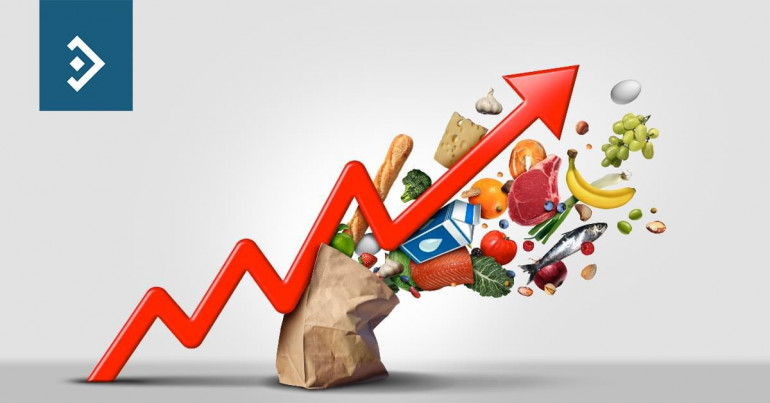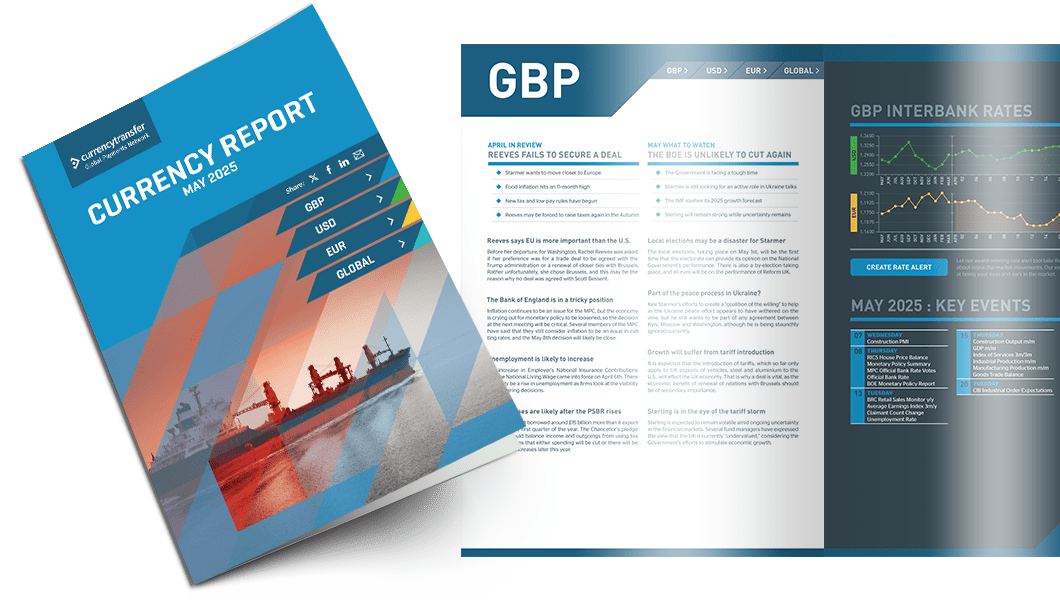
Highlights
- Dhingra denies wages/prices spiral
- Majority of DEO believe economy already in recession or close to
- Bank lending falls for the first time since 2014
Wages unlikely to rise above inflation
Several sectors are threatening industrial action, but even their demands are for wage increases that are close to but not in excess of the rate of inflation.
In his Autumn statement, the Chancellor, Jeremy Hunt, confirmed that the triple lock on state pensions and certain means tested benefits would increase in line with the rate of inflation. The indicator used to measure the increase is headline CPI from September.
If inflation has begun to fall by April, when the increase takes place, it will inevitably add to the overall rate of inflation.
Dhingra is the newest member of the MPC, having joined in September. She certainly has a different attitude to monetary policy to the member she replaced. Michael Saunders was a confirmed hawk, often voting for interest rate increases in excess of the rate that was eventually agreed.
Dhingra is far more dovish. At the last meeting of the MPC, she voted for a fifty basis point hike, while a majority of her colleagues voted for seventy-five. She believes that in spite of the base rate only just having become restrictive, further interest rate increases will potentially deepen the recession that it is generally agreed is about to begin.
The fall in real wages seen last month is a clear indication that we haven’t yet reached a wage/price spiral. It may only become an issue should inflation start to fall and wages lag the data.
Last week, Sterling recorded its fourth consecutive weekly rise. It reached a high of 1.2310 and closed at 1.2287. Its relative strength has been due to dollar weakness as the market is unsure of the future path of monetary policy.
This week, data for output in the industrial, manufacturing, and construction sectors will be released. Each area of the economy is currently contracting as the economy falls into recession.
House price data will also be published. The Halifax index of house prices is expected to fall year-on-year, from 8.3% to 7.9%.

Read our latest currency report
Most impactful events planned this month and how they could impact your business
Fed faces a decision; act no or keep its powder dry
There were even predictions that the headline number could be negative.
However, despite the data looking solid on the surface, there was an underlying weakness which makes the recent comments from Fed Chairman Jerome Powell pertinent.
The unemployment rate was as expected at 3.7%. This was the same as it was in October and signalled that it could be bottoming out. The participation rate, the number of people in employment or actively seeking work fell to 62.1% from 62.2%, It was well above 63% pre-Pandemic. Average hourly earnings continued to increase, while hours worked fell.
The data paints a picture of an economy slowing down, but not yet heading for a recession. The most recent minutes of the FOMC meeting coupled with Powell’s speech last week when considered in conjunction with the data make a fairly compelling case for a lower increase in interest rate hike in the upcoming meeting.
With inflation falling but not yet under control, there is no reason yet for the hikes to be discontinued, and the Fed will be looking for a trend in future data releases to confirm that it is time to allow some respite to homeowners who have seen their interest rates rise over the past six to nine months.
Last week, the dollar index fell through significant levels of support, reaching a low of 104.37 and closing at 104.55. With other G7 Central Banks still not having reached neutral levels of monetary policy and still aggressively hiking rates, the long-term prediction for the index could be to test 100.
This week, output data will be released and although signifying a slowdown, the data is still expected to show a degree of expansion. Trade figures are also due this week and given the dollar’s recent bout of weakness the deficit may rise, something it hasn’t done so far in this quarter.
The market is also watching weekly jobless claims data that is released on a Thursday. It has been in a 50k range recently between 175k and 225k. It has been at the top of that range recently, and a number of more than 230k could be a further indicator of a slowdown.
What next for Eurozone jobs
The hawks on the ECB’s Governing Council still want to see a jumbo rate increase of seventy-five basis points. That number appears to include the Bank’s President, Christine Lagarde, who gave an unusually hawkish speech last week despite data appearing to disagree with her.
It will be difficult to predict the outcome of the ECB meeting, which is scheduled to take place next week. There is a fairly even chance that rates will be increased by seventy-five basis-points. However, the more dovish members are clamouring for it to be only fifty basis points based on the latest inflation figures.
Despite a great deal of pessimism regarding a recession, the one area of the economy bucking the trend is employment. It is hard to give a reason for why unemployment is at a record low, other than to say it is a continued rebalancing of the labour market given free movement of people within the European Union.
Until that slows, jobs will remain plentiful.
Last week, data for consumer confidence appeared to be bottoming out. It remains at -23.9 for the third month in a row, while economic sentiment unexpectedly gained a little ground.
It seems that leading indicators for the economy, which are forward-looking, are beginning to show some improvement and while some countries of the region will see a recession, it is becoming less likely that the whole eurozone will.
The euro continued to rally last week, although traders are still searching a sign of weakness to enter short positions. The single currency rose to a high of 1.0544 last week and closed at 1.0533.
This week, data for economic output will be released. This is another indicator which although still in contraction appears to be finding a bottom. There is some cautious optimism about retail sales that are expected to increase by 2.7% having fallen by 0.6% last month.
Have a great day!

Exchange rate movements:
02 Dec - 05 Dec 2022
Click on a currency pair to set up a rate alert
Alan Hill
Alan has been involved in the FX market for more than 25 years and brings a wealth of experience to his content. His knowledge has been gained while trading through some of the most volatile periods of recent history. His commentary relies on an understanding of past events and how they will affect future market performance.